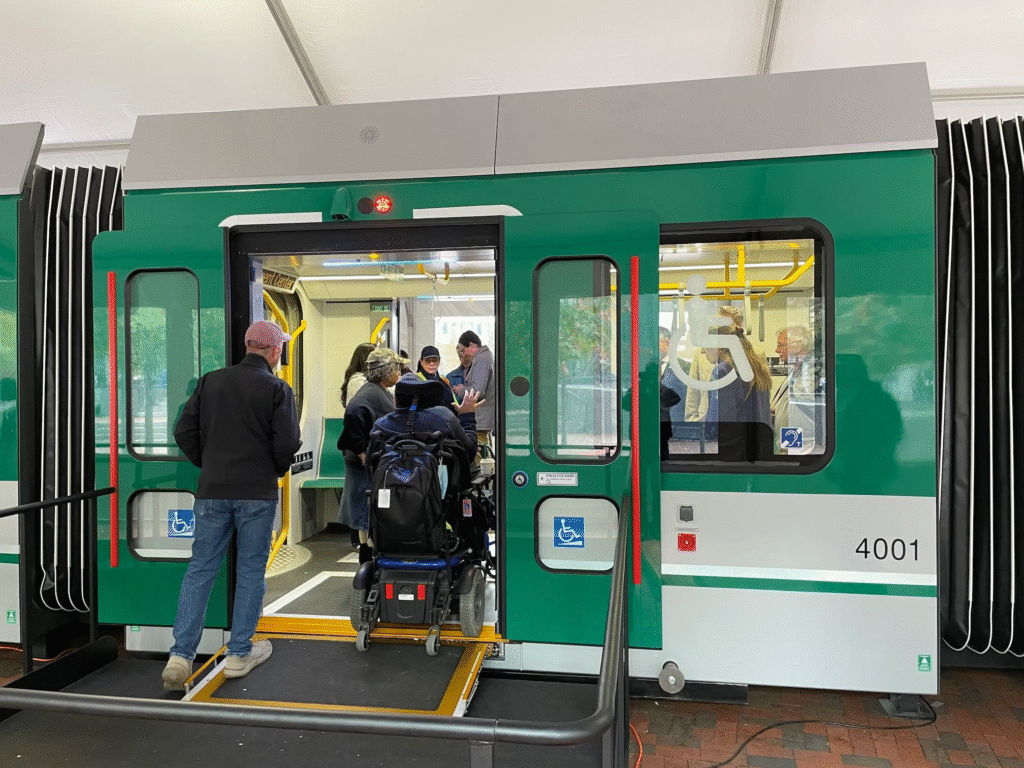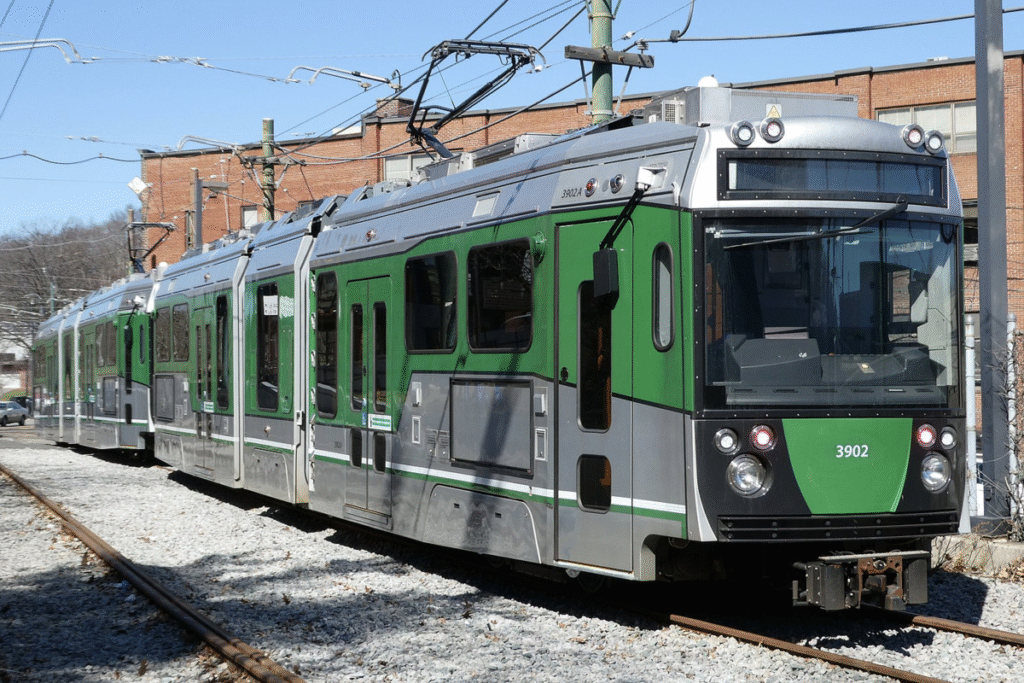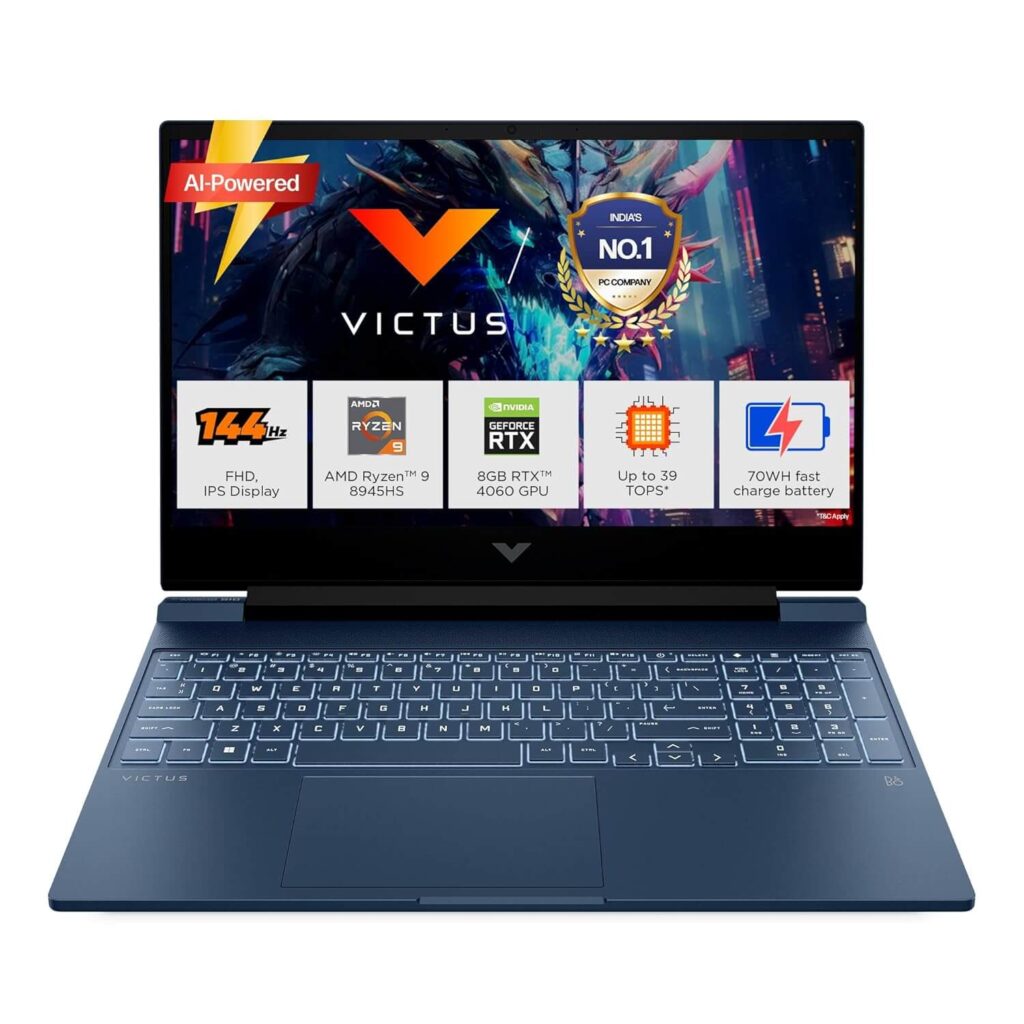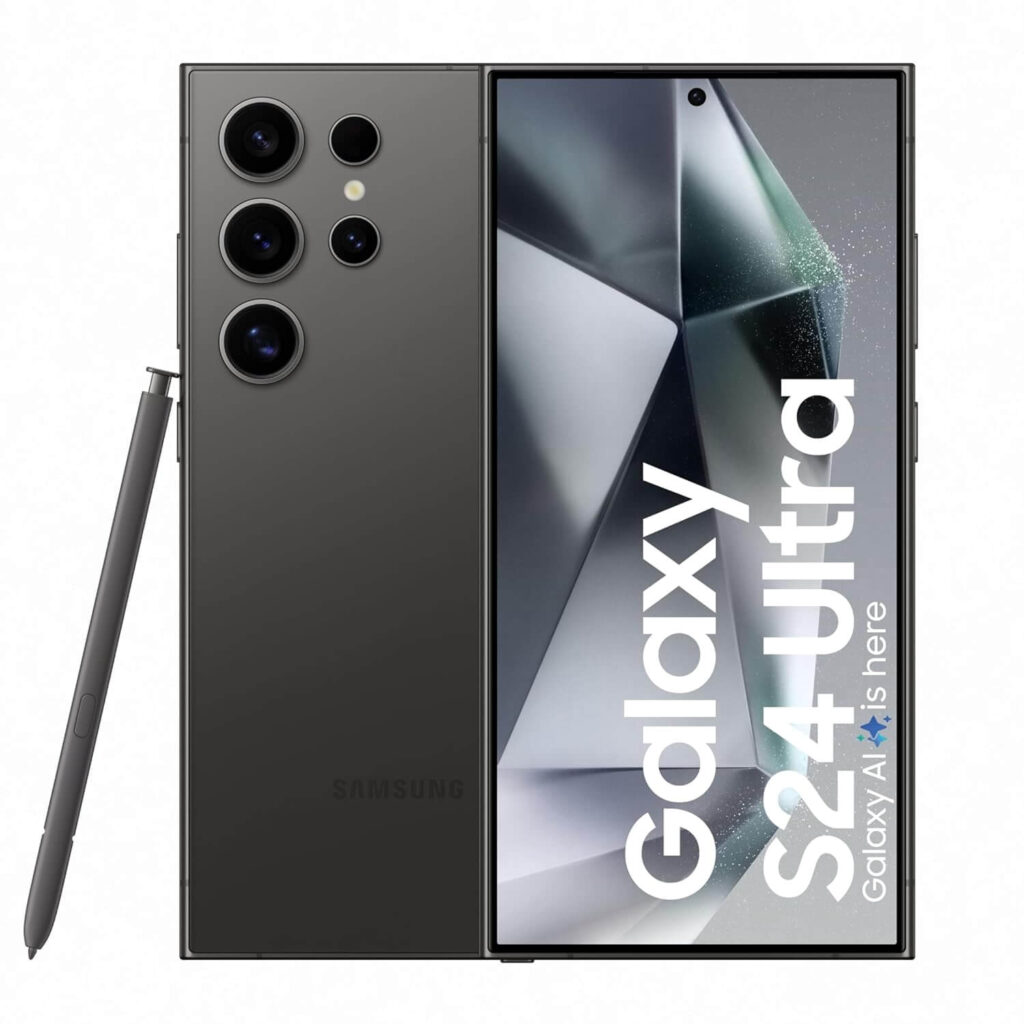For millions of commuters in and around Boston, the Massachusetts Bay Transportation Authority (MBTA) is more than just a transit system; it’s the lifeline of the city. While the system has served the region for over a century, the need for modernization is paramount. The MBTA is taking a monumental step forward, and the recent unveiling of the new Green Line train design is the first look at a bold vision for the future.
The new “Type 10” vehicles promise to transform the rider experience with a focus on enhanced accessibility, increased capacity, and cutting-edge technology. This isn’t just about new trains; it’s about building a more reliable, efficient, and inclusive public transportation network.
The Vision Behind the New Fleet
The new train design is part of the MBTA’s multi-billion dollar capital investment plan, which aims to bring the entire system into a state of good repair. The Green Line, as the oldest light rail line in the country, has long been a key focus of these modernization efforts.

The Type 10 vehicles, built by Spanish company CAF USA Inc., are a direct response to the system’s most pressing challenges. The goal is to replace aging vehicles and address issues like overcrowding and accessibility barriers that have plagued the line for years.
In a statement about the new vehicles, MBTA General Manager Phillip Eng noted, “The Green Line Type 10 is going to modernize the Green Line, resulting in service which is more accessible, more comfortable, and much safer for our customers.” This commitment to improvement is visible in every aspect of the new design, from the train’s physical layout to its technological advancements.
Key Features of the New MBTA Train Design

The new MBTA train design is a dramatic departure from the current fleet, with a number of innovative features designed to improve passenger experience and operational efficiency.
1. Enhanced Accessibility
Accessibility is at the forefront of the Type 10 design. The trains feature a 100% low-floor design, which eliminates the need for riders to climb steps to board. This is a game-changer for people using wheelchairs, strollers, or those with mobility challenges.
- Wider Doors: The new trains will have wider doors for faster and easier boarding and alighting.
- Bridge Plates: Three of the five doors on each side of the train will be equipped with deployable bridge plates, which will seamlessly bridge the gap between the train and the platform, ensuring a smooth transition for all riders.
- Hearing Loop: The entire train will be equipped with a hearing loop, an audio technology that transmits sound directly to hearing aids and cochlear implants, making announcements and conversations easier to hear.
- Dedicated Mobility Spaces: There are four priority areas designated for wheeled mobility devices, providing ample space for passengers who need it most.
2. Increased Capacity and Efficiency
The new Type 10 trains are not only more accessible but also significantly larger than the current fleet, allowing for greater passenger capacity. This is crucial for managing the high volume of riders on the Green Line.

- Longer Vehicles: The new trains are longer than the existing models, providing more space for standing and seating passengers.
- All-Door Boarding: The new design, combined with a modern fare collection system, will enable all-door boarding at every station. This will dramatically speed up the boarding process, reducing dwell times and improving overall service reliability.
3. State-of-the-Art Technology
The new MBTA train design is packed with modern technology to keep riders informed and safe.

- Digital Information Screens: Gone are the static strip maps. The new trains will have dynamic, digital screens that display real-time information, including upcoming stops, service alerts, and connections to other lines. This is a major upgrade for rider communication and wayfinding.
- Enhanced Security: The vehicles will feature the latest crash-safety technology and an on-board CCTV security system, giving riders peace of mind.
- Real-Time Diagnostics: For operators and maintenance staff, the trains will have on-board diagnostics systems that can monitor performance and identify issues, leading to more proactive maintenance and fewer service disruptions.
A Look at the Timeline and Impact

The MBTA’s contract with CAF USA is valued at a substantial $810 million for the design, construction, and delivery of 102 new Green Line vehicles. The first pilot trains are expected to arrive in 2026 for testing, with passenger service beginning sometime in 2027. The full fleet delivery is anticipated to be completed by 2031.
Also Read: Royal Caribbean Extends Labadee Suspension: What You Need to Know
This new fleet is a major component of the MBTA’s wider “Building a Better T” initiative, which includes projects like the Red Line and Orange Line vehicle replacement These projects are all part of a concerted effort to modernize the entire transit network, moving away from a system plagued by aging infrastructure towards a reliable and forward-thinking model.

The success of this new fleet is crucial, as it will pave the way for future improvements and set a new standard for urban transit in the United States.
The Road Ahead: Why This Matters for Commuters
The unveiling of the new MBTA train design is more than a press event; it’s a promise to the community. These new trains are poised to solve some of the most persistent problems facing Boston’s transit system.
- Improved Reliability: By replacing aging cars and incorporating advanced diagnostics, the MBTA can reduce mechanical failures and improve on-time performance.
- Faster and Smoother Travel: The new trains, combined with ongoing track and signal improvements, will enable higher speeds and a more comfortable ride, making the daily commute less stressful.
- A More Welcoming System: The emphasis on accessibility and modern amenities will make the MBTA a more inviting and inclusive option for everyone, from daily commuters to tourists and families.
The Future is on the Rails
The MBTA unveils new train design, marking a critical milestone in its modernization journey. The Type 10 vehicles are a tangible sign of progress, embodying a commitment to a safer, more accessible, and more efficient public transit system. While the full implementation will take time, this first look provides a powerful glimpse into a future where commuting is no longer a chore, but a seamless and modern experience.
What do you think? Are you excited about the new trains? Share your thoughts on the new design and what features you’re most looking forward to in the comments below!
















